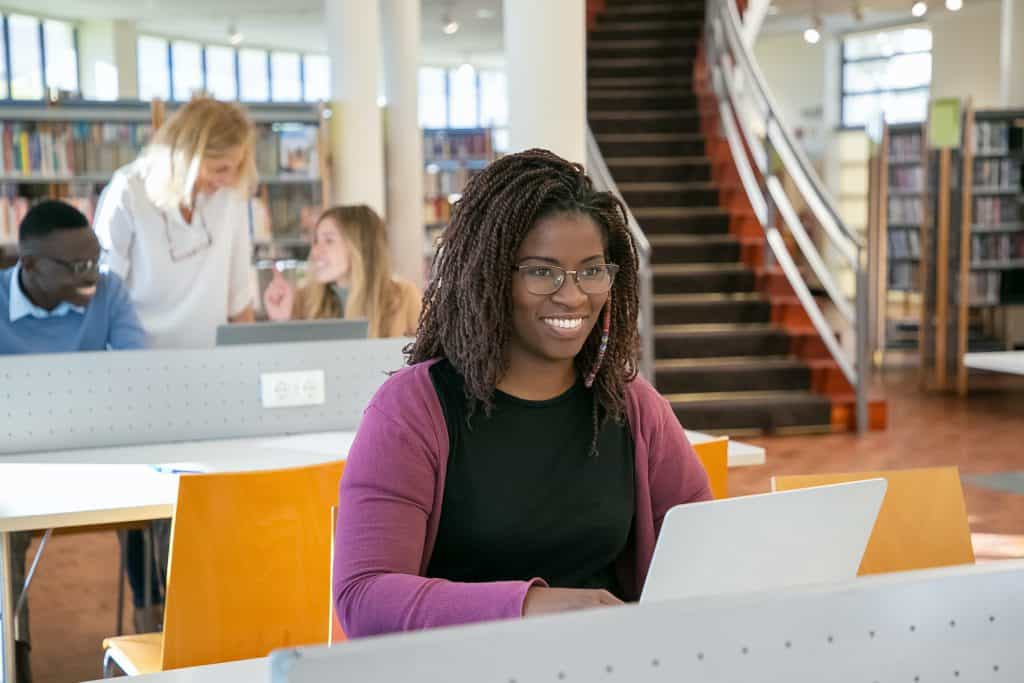Article written by Matthew Harrington-Keeton, Access to Higher Education Tutor
We’ve put together this guide of tips and tricks for learning so that you can feel confident in your classes and get the grades that you deserve! Even better, all of these tips are backed by psychology, which means that they must work right?
We learn in various ways and everyone will have their own unique style
You may already know that everyone learns in different ways, but did you know that each person has a variety of ways that they learn best? Learning isn’t one-size-fits-all and most of the time, using a mixture of different methods and techniques will optimise your learning process.
The main learning styles that you could try out are visual (this includes drawing pictures and diagrams), audio (this includes making songs to remember lists or facts) and physical (this involves physically doing something to learn). Try out techniques from each of the three styles and create combinations that work best for you.

The same information is processed in the same way
Ever wondered why you can quite easily picture a beach scene with your eyes closed but, if you’re asked to do the task with your eyes open, it becomes more difficult? The reason behind this can be explained with the Working Memory Model – a psychological proposition by Baddeley and Hitch in 1974. The model aims to explain how our memory works and suggests that the mind has different ‘stores’ (you can think of these like workstations) for different types of information. The model proposes that you cannot complete two tasks that are handled by the same workstation, at the same time. So, you cannot look at what’s in front of you whilst picturing a beach in your head because both tasks use the visual workstation or store.
For learning, this means that you should try to focus on just one task at a time. This way, you will be able to retain all of the information and fully focus on your task.

We can be very forgetful
You may have heard that goldfish are very forgetful but, did you know that humans can be just as forgetful too? Our short-term memory can only hold around 7 pieces of information (Miller, 1956) (try looking at a list of 10 numbers, covering the list and then remembering every single number!). The only way that you can remember more than 7 things is by moving items to your long-term memory, which has a much larger capacity.
When you learn or revise, try grouping pieces of information together to make memorable chunks. Doing this will reduce the number of items that you need to remember, making it easier to fit everything into your short-term memory. To transfer what you have learnt into your long-term memory, try repeating facts over and over again, or creating memorable links between information so that it becomes meaningful.
Our top study tip
Now that you know a little bit about the psychology of learning, we’re ready to share out top study tip…sticky notes! These handy bits of paper can be used for a variety of learning methods and make it super easy to chunk information through colour coding. If you are about to begin another year of education, sticky notes should be something on your shopping list. You will be surprised at how many different sticky notes learning and revision strategies you can come up with.

If you want to know even more about how to master your learning, you may be interested in learning about cognitive psychology. Why not enrol on a Higher Education Social Science course with ACL to study all of this and more. To enrol, click here.





